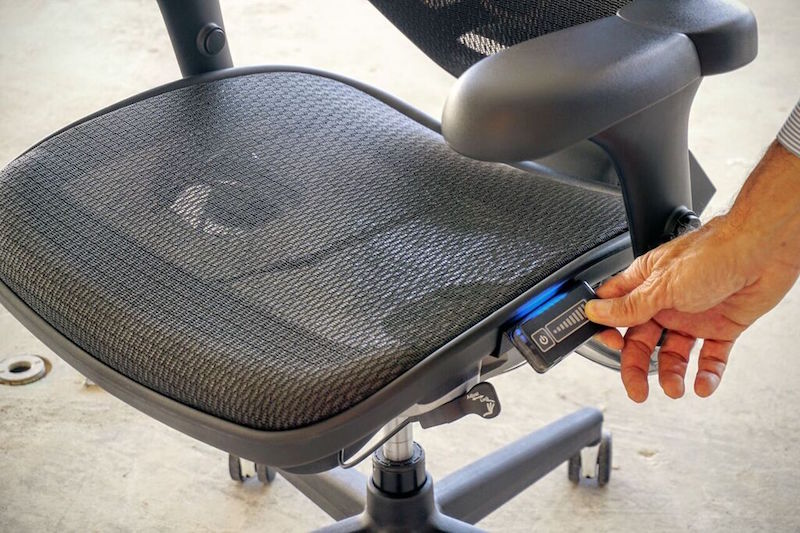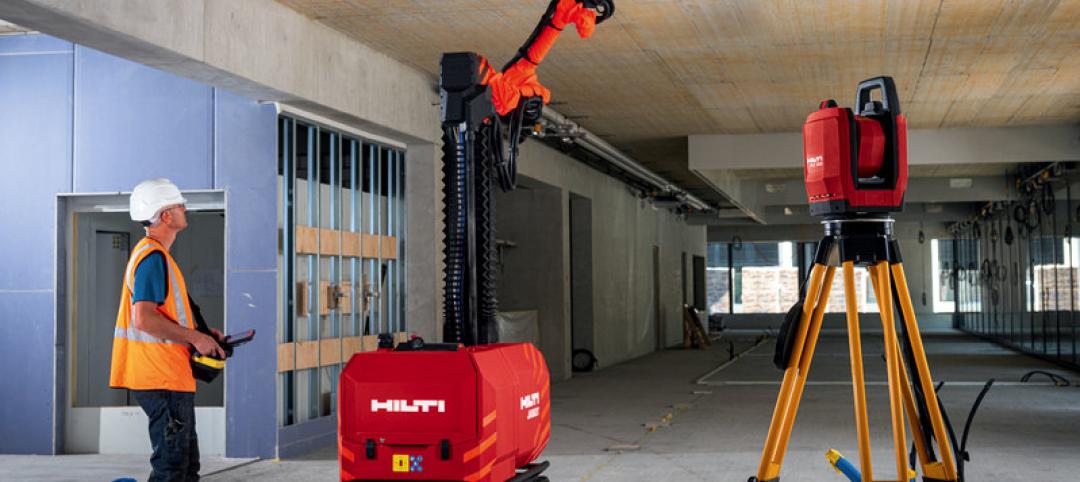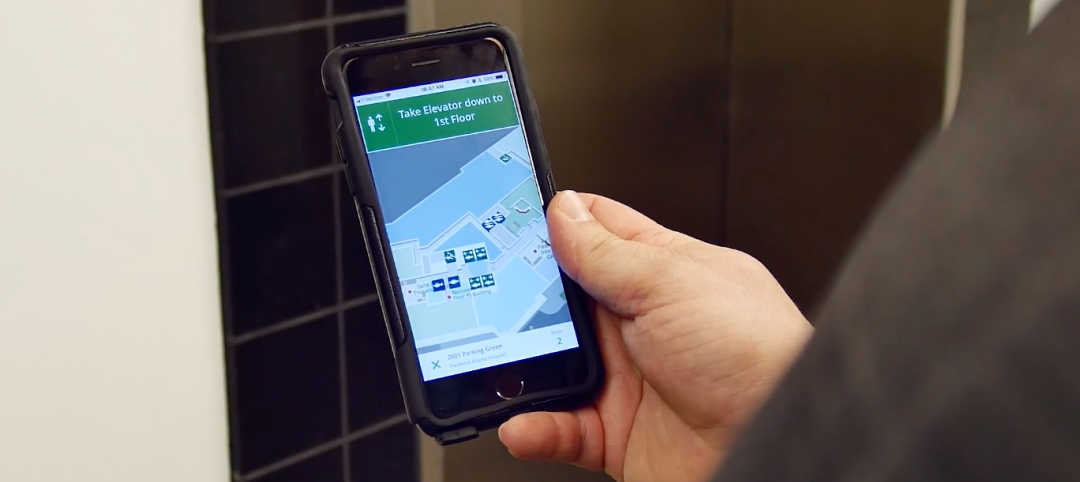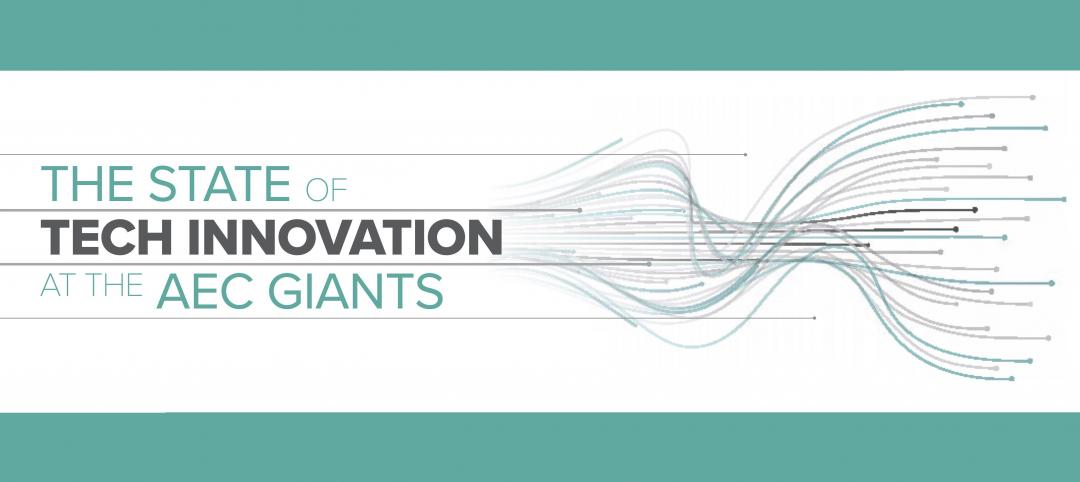Offices can oftentimes turn into a real life Goldilocks tale. One worker may be too hot, while another one is too cold. Meanwhile, a third employee is, you guessed it, just right. It is a question as old as the concept of the office itself: What is the most efficient way to manage the temperature of an office so everyone is comfortable? Like trying to determine if the universe actually is infinite or whether the chicken or the egg came first, it seems to be a problem without an attainable solution. Or is it?
As one startup is asking, what if we have been focused on heating and cooling the wrong thing? After all, it isn’t the room that necessarily needs temperature adjustment, but the bodies within the room. That’s where Personal Comfort Systems' Hyperchair comes into play. It may sound like something an astronaut gets strapped into as part of their training, but for the most part, the Hyperchair looks just like a regular office chair, with one major difference: it can actively heat or cool the person sitting in it.
Developed by researchers at the Center for Built Environment at UC Berkeley, the Hyperchair uses heating tape that is woven into the fabric of the chair to warm the occupant much in the same way a heated car seat works. And for anyone who finds himself or herself running a bit warm on a daily basis, tactically placed fans can be used to wick body heat away like a cool, lakefront breeze. The temperature of the chair can be adjusted either by using the onboard control panel on the side of the seat or by using a smartphone app. The back and the seat of the chair can be adjusted separately, which allows for one to be set on heat while the other is set on cool, just in case you ever find yourself wearing shorts and a parka on the same day.
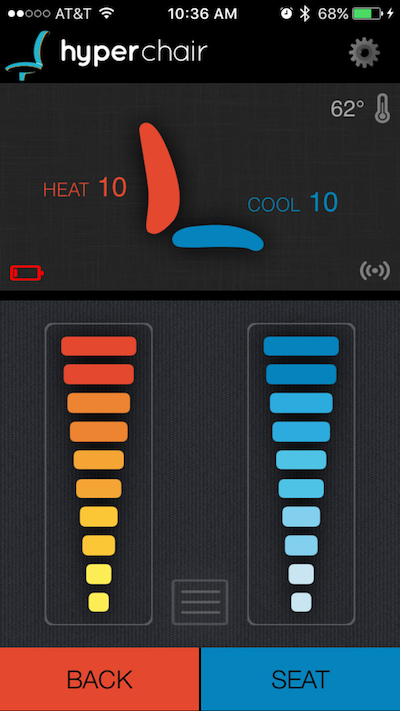 Photo Courtesy of Personal Comfort Systems
Photo Courtesy of Personal Comfort Systems
This technology comes at a cost, however, as the chairs range from $1,000 to $1,500 each, depending on the size of the order. And while that is certainly expensive for a chair, the company says this money will be made back in energy savings. In the winter the heat can be turned down a few degrees and the same goes for the air conditioning in the summer.
"If you relax it a couple of degrees, what you're going to find is a 5% to 10% energy savings on the heating and cooling system," Peter Rumsey, Founder and CEO of Personal Comfort Systems, said in an interview with Co. Exist.
The chairs will also be rigged with Wi-Fi and temperature sensors allowing them to communicate with the building regarding various temperature related issues. Additionally, in some climates or in mild seasons such as spring or fall, offices may be able to turn off their thermostats completely and use just the chairs for temperature regulation. With 30% of global carbon emissions coming from building energy consumption, not only can the chairs help with utility costs, but they can also be considered environmentally friendly.
For the time being, the startup is only offering the Hyperchair to large companies, but the hope is that it will eventually be made available for individual orders. The Hyperchair looks to solve a problem that has existed for years while providing everyone with a bit of the Goldilocks treatment of enjoying things that are just right... you know, without all of that breaking and entering business.
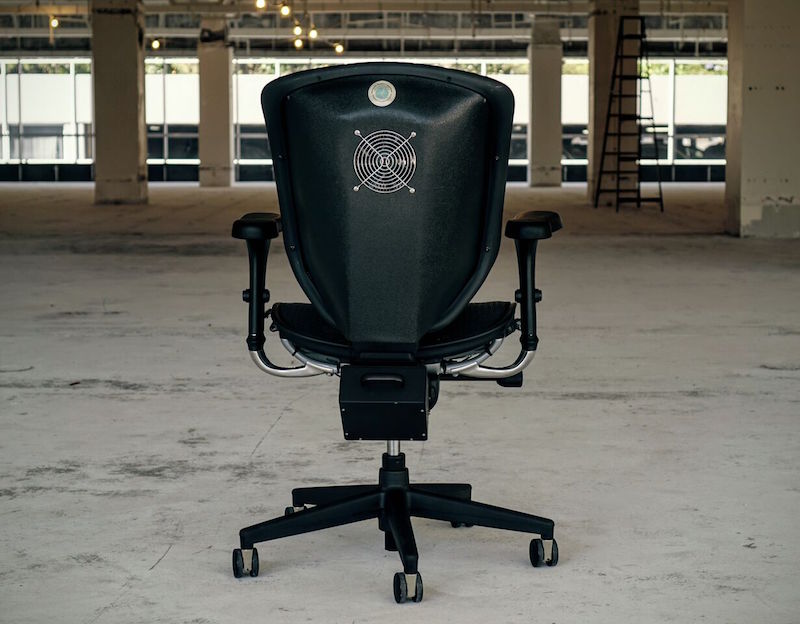 Photo Courtesy of Personal Comfort Systems
Photo Courtesy of Personal Comfort Systems
 Photo Courtesy of Personal Comfort Systems
Photo Courtesy of Personal Comfort Systems
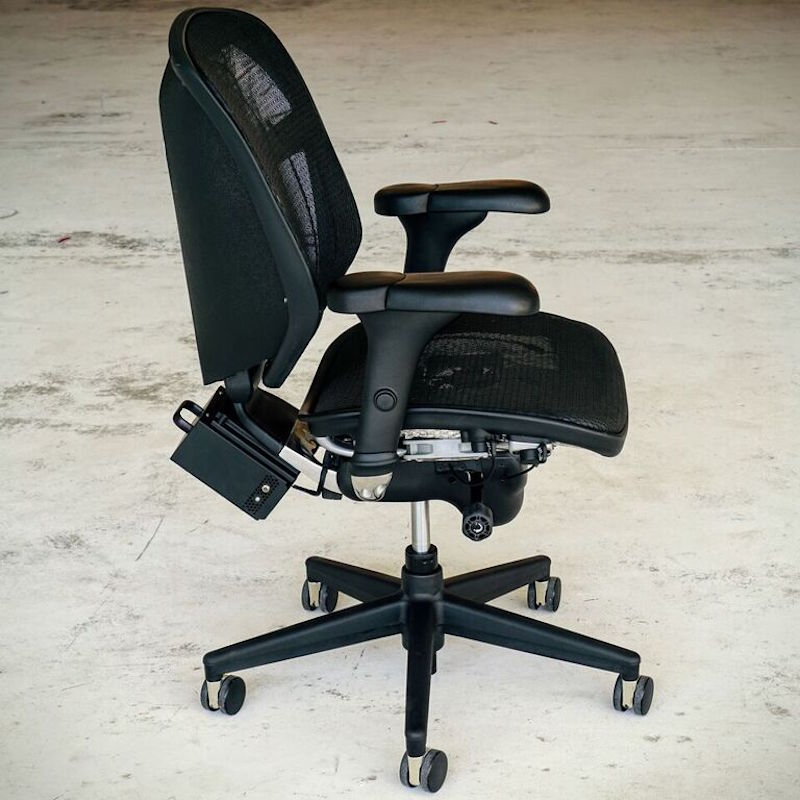 Photo Courtesy of Personal Comfort Systems
Photo Courtesy of Personal Comfort Systems
 Photo Courtesy of Personal Comfort Systems
Photo Courtesy of Personal Comfort Systems
Related Stories
Smart Buildings | Nov 20, 2020
The Weekly show: SPIRE smart building rating system, and pickleball court design tips
The November 19 episode of BD+C's The Weekly is available for viewing on demand.
AEC Tech | Oct 28, 2020
Meet Jaibot, Hilti's new construction robot
The semi-autonomous robot is designed to assist MEP contractors with ceiling-drilling applications.
Smart Buildings | Oct 26, 2020
World’s first smart building assessment and rating program released
The SPIRE Smart Building Program will help building owners and operators make better investment decisions, improve tenant satisfaction, and increase asset value.
Building Tech | Jun 16, 2020
thyssenkrupp Elevator launches forward-looking technologies for a more comfortable and secure mobility experience
To ensure peace of mind for passengers, the company is focusing on three pillars: hygiene, social distancing and touchless technologies.
Healthcare Facilities | Mar 9, 2020
Mobile wayfinding platform helps patients, visitors navigate convoluted health campuses
Gozio Health uses a robot to roam hospital campuses to capture data and create detailed maps of the building spaces and campus.
University Buildings | Mar 9, 2020
Auburn University, Robins & Morton open Construction Field Laboratory
Robins & Morton and Auburn University’s College of Architecture, Design and Construction (CADC) recently celebrated the dedication of the Robins & Morton Construction Field Laboratory.
Green | Mar 9, 2020
BuroHappold commits to all new building projects achieving net-zero carbon by 2030
The engineering firm also launched a long-term partnership with ILFI.
Modular Building | Feb 16, 2020
On the West Coast, prefab gains ground for speedier construction
Gensler has been working with component supplier Clark Pacific on several projects.
AEC Tech | Feb 13, 2020
Exclusive research: Download the final report for BD+C's Giants 300 Technology and Innovation Study
This survey of 130 of the nation's largest architecture, engineering, and construction firms tracks the state of AEC technology adoption and innovation initiatives at the AEC Giants.
AEC Tech | Jan 16, 2020
EC firms with a clear ‘digital roadmap’ should excel in 2020
Deloitte, in new report, lays out a risk mitigation strategy that relies on tech.


